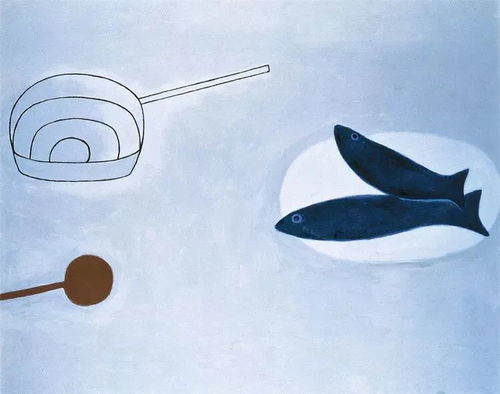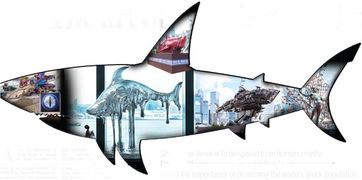Introduction:
Fishing is an age-old pastime that offers relaxation, adventure, and the thrill of the catch. Whether you're a seasoned angler or a beginner, there's always room to improve your skills and increase your chances of landing more fish. In this comprehensive guide, we'll delve into the art of fishing, offering you practical tips, expert advice, and an illustrated step-by-step process to help you catch more fish.
Section 1: Choosing the Right Equipment
1 Rod and Reel:
The first step to successful fishing is selecting the right rod and reel. Your choice should depend on the type of fish you're targeting and the conditions you'll be fishing in.
- Graphite Rods: Lightweight and sensitive, perfect for catching smaller fish or in windy conditions.
- Bamboo Rods: Traditional and durable, ideal for fly fishing and targeting larger fish.
- Spinning Reels: Versatile and easy to use, suitable for a wide range of fishing situations.
- Baitcasting Reels: Provide more control and are great for casting heavier lures.
2 Line and Leader:
The line you choose should match the strength and type of fish you're targeting. Monofilament, fluorocarbon, and braided lines are the most common types.
- Monofilament: Flexible and easy to handle, but susceptible to stretching.
- Fluorocarbon: Invisibile underwater, offering more sensitivity and better knot strength.
- Braid: Strong and thin, excellent for long casts and heavy lures.
Always use a leader of the appropriate strength to prevent the fish from breaking your line.
3 Lures and Baits:
Selecting the right lure or bait is crucial to attracting fish. Here are some popular options:
- Artificial Lures: Such as spinners, crankbaits, and jigs, which mimic the movement of real fish.
- Natural Baits: Like live bait (worms, minnows, etc.) or artificial baits (scented plastics, etc.).
Section 2: Mastering the Art of Casting
1 Casting Techniques:
There are several casting techniques, each suited to different fishing scenarios. Here are the most common:
- Overhand Cast: The most basic and widely used casting method.
- Sidearm Cast: Useful for longer casts and fishing around obstacles.
- Roll Cast: Ideal for casting into tight spots or when you need to cover a lot of water quickly.
2 Drills and Practice:
Practice makes perfect. Spend time mastering your casting technique by using casting drills and practicing in a variety of conditions.
Section 3: Understanding Fish Behavior
1 Fish Habitat:
Fish tend to congregate in certain areas based on their habitat needs. Understanding these areas can help you find more fish.
- Shallow Water: Fish often seek shelter in weeds, rocks, and logs.
- Deep Water: Larger fish often inhabit deeper waters, where they can find cooler temperatures and more food.
- Currents: Fish may use currents to move from one area to another or to locate food.
2 Fish Feeding Patterns:
Fish have specific feeding patterns, which can be influenced by weather, time of day, and season.
- Morning and Evening: Fish are often more active during these times, as they feed on the insects and other small creatures that are most active.
- Midday: Fish may be less active during the heat of the day, so it's a good time to fish deeper or in shaded areas.
Section 4: Effective Baiting and Lure Techniques
1 Live Bait:
When using live bait, it's important to keep it fresh and lively. Here are some tips:
- Keep Live Bait in a Well-Airated Bait Tank: This ensures the bait stays healthy and active.
- Use Fresh Bait: Fresh bait is more appealing to fish than old or stale bait.
2 Artificial Lures:

When using artificial lures, the key is to mimic the natural movement of the fish's prey.
- Experiment with Different Lures: Each lure has its own unique action and appeal to fish.
- Match the Size and Color: Choose lures that closely resemble the natural prey of the fish you're targeting.
Section 5: Tips for Successful Fishing
1 Patience and Persistence:
Fishing is a waiting game. Stay patient and persistent, and you'll eventually catch fish.
2 Adaptability:
Be prepared to adapt your approach based on the conditions and the fish you're targeting.
3 Safety First:
Always prioritize safety, whether you're on a boat or fishing from the shore.
Conclusion:
Fishing is an enjoyable and rewarding activity that requires practice, patience, and a bit of know-how. By following the tips and techniques outlined in this guide, you'll be well on your way to becoming a more skilled angler and catching more fish. Happy fishing!












